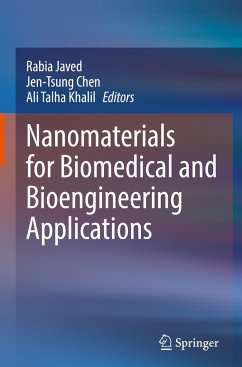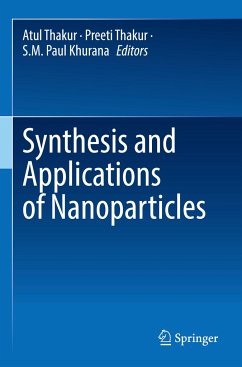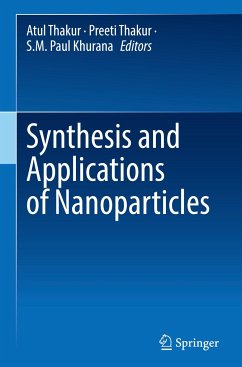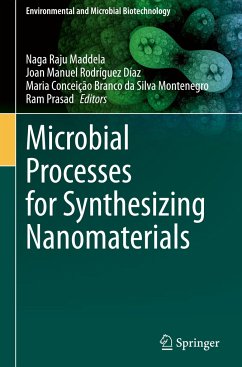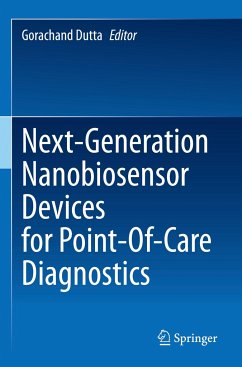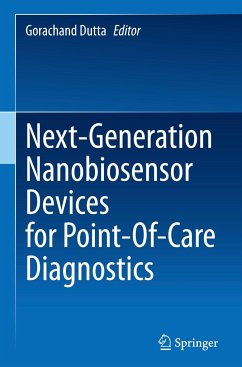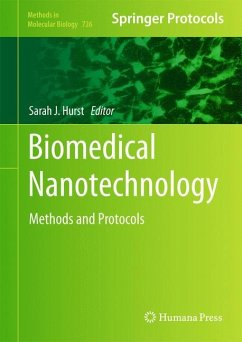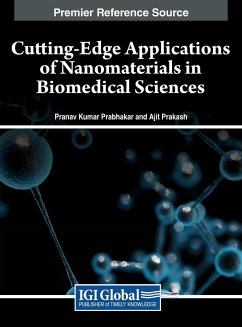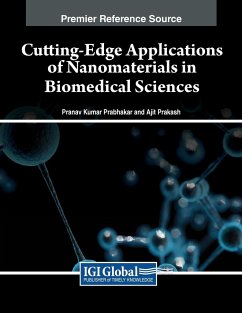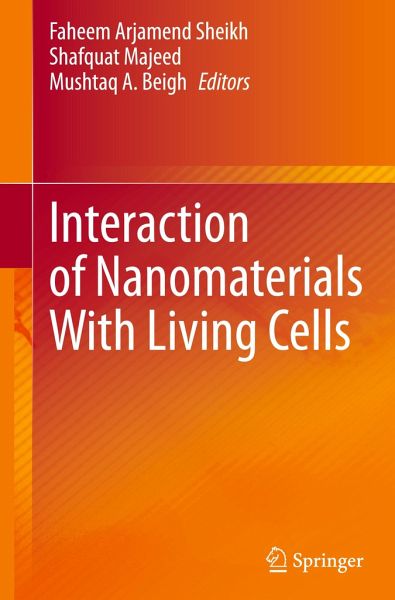
Interaction of Nanomaterials With Living Cells

PAYBACK Punkte
95 °P sammeln!
This book examines the interactions of nanomaterials with the biological system. The chapters of the book explore the natural and synthetic biomaterials that modulate immune responses for their applications in drug delivery and tissue engineering. Further, the book discusses the implications of the physiochemical properties of nanoparticles and their microenvironment on their interactions with biological systems. The chapters also present the recognitive capabilities of biomaterials for the development of novel strategies for the detection and treatment of autoimmune disorders. The book also i...
This book examines the interactions of nanomaterials with the biological system. The chapters of the book explore the natural and synthetic biomaterials that modulate immune responses for their applications in drug delivery and tissue engineering. Further, the book discusses the implications of the physiochemical properties of nanoparticles and their microenvironment on their interactions with biological systems. The chapters also present the recognitive capabilities of biomaterials for the development of novel strategies for the detection and treatment of autoimmune disorders. The book also introduces nanotechnology platforms for drug delivery and highlights current and emerging nanotechnologies that could enable novel classes of therapeutics. Towards the end, the book reviews the efficiency of drug-loaded nanoparticles in modulating the functioning of the biological milieu for improved disease treatment. Lastly, the book outlines the ethical issues regarding the use of nanoparticles for in vitro and in vivo applications. Given its scope, it is a valuable resource for graduate students and researchers interested in understanding the biomedical applications of nanoparticles and their interactions with the biological milieu.





